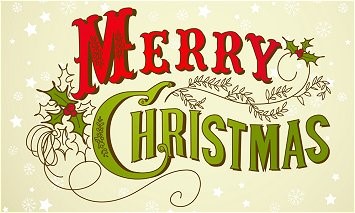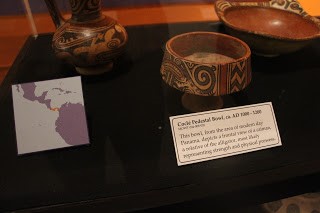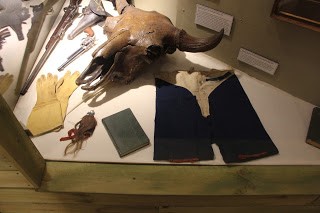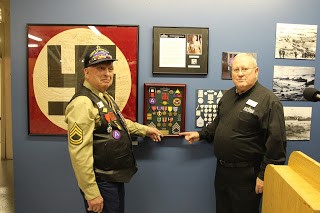What is Your Favorite Gift
December 21, 2015
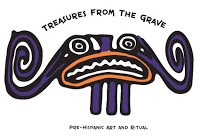
As we get closer to Christmas and the anticipation and excitement of exchanging and opening gifts, it is an appropriate time to consider some of the significant and notable gifts that the Museum of World Treasures has received over the years. The Museum receives donations from collectors, but also has some artifacts on loan. We will be focusing on those objects that have been donated to the Museum. For this reason, you will not see Ivan or the mummies on this list because they are loaned to the Museum. Loaned objects are invaluable in their own right, but right now, we want to focus on gifts. The Museum's collection has been built with gifts, so not only are donations significant, donations of a large amount of objects are extremely significant. Such is the case of the gift from Larry Dennett.
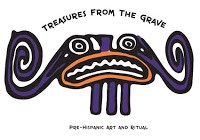
Dennett had collected several pre-Hispanic artifacts, and he donated his collection to the Museum on May 25, 2004. The objects mostly come from the Cocle culture, which existed in modern day Panama. The collection contains several gold and tumbaga (an alloy of gold and copper) figures as well as some pots and vessels. Dennett's donation to the Museum is notable for two reasons. First, he had good provenance on the objects, which means that he had a good history of where the objects were found and what happened to them since they were discovered. Second, his collection is a major contribution to the Museum's pre-Hispanic artifacts. As a matter of fact, many of Dennett's objects are on display. When you visit the Treasures from the Grave exhibit, look for objects with a number that starts with 004-008--those are part of his collection.
|
|
|
Artifacts in Treasures from the Grave, donated by Larry Dennett. |
While some donors give their collection all at once, others give regular gifts to the Museum. Dr. Carl Christman has provided his donations in this way. His earliest donations are from 2005, and he has donated objects to the Museum every year since. Dr. Christman has collected and continues to collect artifacts from the Civil War. He provides good provenance on the objects by having the objects appraised. The appraiser examines the objects, and any associated provenance with the object, to confirm its history and authenticity. Just like Larry Dennett, many of Christman's objects are currently on display. In the Civil War Exhibit, the Winchester Henry Repeating Rifle, the Cavalry Officer Uniform in the diorama, and the belt buckles in the case all came from Dr. Christman. Another unique object donated by Mr. Christman is George Custer's winter undergarments which are on display in the Romancing the West exhibit. We know that these undergarments belonged to George Custer because of the associated provenance. Dr. Carl Christman acquired the undergarments from Lawrence Frost who had acquired them from Elizabeth Custer, George Custer's widow, in 1933.
|
|
|
General Custer's underpants, located in Romancing the West. |
Sometimes gifts become unique after appropriate research, such as the donation to the Museum from Nick Messer. Messer had purchased the central part of a Nazi banner, showing the white circle and the swastika, at an auction. He could tell that the object was unique because despite the fact that it was a German artifact, it had the signatures and hometowns of American soldiers on it. When he donated the object to the Museum on February 22, 2006, it sparked the interest of the Museum staff. One staff member spent many hours trying to track down the people whose names were on the flag. He had no success until he contacted Staff Sergeant Cyril Leuelling. When Leuelling heard that the object was in the Museum, he asked, “How did you get my flag?” We were able to learn the other half of the story from Mr. Leuelling.
In France during World War II, Leuelling and his platoon were bedding down in a convention hall when he noticed a Nazi banner hanging on the wall. Cyril took the banner down and had the whole platoon sign it. Cyril mailed it to his parents in the United States with the idea that after the war the soldiers could gather around the flag and remember the times that they had fought together. However, when Cyril returned home, his parents did not have the flag. It had been lost somewhere along the way. It is quite possible that it was confiscated by the American government who didn't want Nazi objects entering the country.
|
|
|
Leuelling, with volunteer Ron Bogard, |
Fast forward fifty years, and Leuelling was thrilled to learn of the banner's whereabouts. The object was driven to his home in Illinois. As one can imagine, it was an emotional time for him to see the banner and all of its associated memories of his time in the war and buddies that he fought beside. Not only was this a special connection for him, it was special for the Museum to learn the history of this object. This banner is displayed in our World War II: Sharing the Story exhibit and it is an object that is frequently shown and talked about on school tours.
Many of you have fond memories of gifts received and the memories and stories that are associated with them. Just like you, the Museum of World Treasures also receives gifts with special stories, and we want to share them with you. We are so thankful for the incredible generosity of our collectors and donors.
We wanted to wish a Merry Christmas to all of our visitors, volunteers, and patrons! The Museum will be closing early on Christmas Eve at 3 p.m. and will be closed on Christmas Day to allow staff and volunteers to spend time with family. We will reopen on December 26 with regular operating hours.
